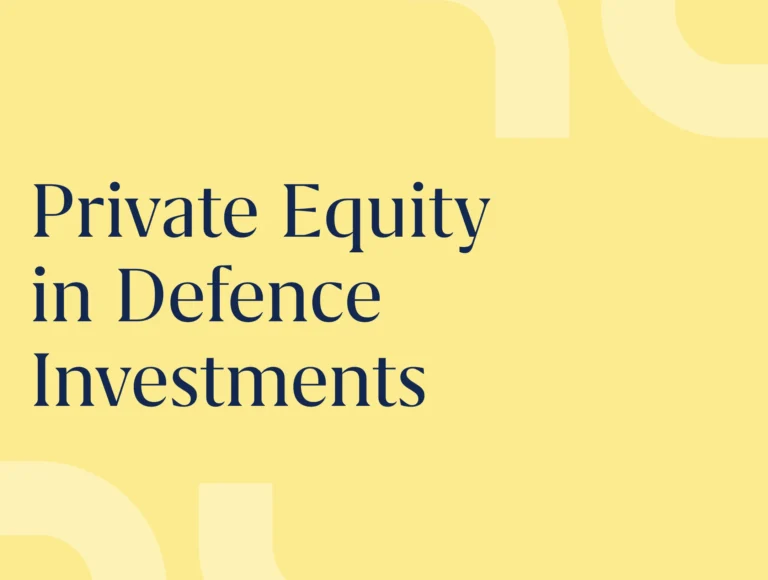Opportunities to partner with GPs on direct investment are set to multiply in a turbulent market. But LPs must be ready to move quickly. Tom Williams reports.
Coinvestment is back. Most recently seen in deals like KKR and Japan Investment Corp’s US$ 2.3bn March acquisition of Japanese medical equipment maker Topcon, coinvestment or the practice of an LP investing in an asset alongside a GP partner, appears to have been resurging since late last year. In September 2024, for example, Paine Schwartz and British Columbia Investment Management Corporation took Australian fruit and vegetables producer Cost Group private for AUD 1.5bn (USD 979.4m). The following month TPG and GIC acquired German smart metering group Techem for E6.7bn (USD 7.7bn).
These coinvestment-facilitated deals may indicate the resumption of a fundraising trend which BlackRock-backed data provider Preqin reported in February 2024 whereby the number of funds and aggregate capital raised for private equity co-investment increased eight-fold in the decade to 2021, peaking at US$42.1bn raised between 355 funds before falling back to US$38.7bn in 2022 and US$15.1bn in 2023.
Coinvestment experts like Erik Wong, a partner in the coinvestment group of Pantheon, which itself raised US$2.4bn for its fifth global coinvestment fund in 2023, believe the momentum towards these strategies will continue to increase.
“Co-investment has been growing very fast over the last 15 years,” says Wong. “On the one hand, deal sponsors use co-investment capital to get their deals done or to support their fund raising. On the other hand, you have also seen increasing supply of co-investment capital chasing deals that GPs are offering. Overall there is good supply demand dynamics in the asset class.”
Wong and Moonfare chief investment officer Sanjay Gupta agree the origins of the coinvestment lie in the ashes of the Great Financial Crisis (GFC). In the aftermath, members of the various club deals that had facilitated many of the larger private equity transactions not infrequently fell into less than dignified squabbles.

Sanjay Gupta, Moonfare CIO (Image Source)
“Sponsors would team up with each other for deals that were too large for any single one of them to take out,” explains Gupta. “The problem then came when things went sideways or south in the GFC. Sponsors would blame each other for mistakes. There’s an old phase that success has many fathers but failure is an orphan”.
Gupta traces what he calls a “secular trend” which has continued from that moment and has not been diverted by more recent market turbulence with LPs seeing the opportunity coinvestments offer them to “double down on individual assets that they want to own, to dollar cost average down their external fee and carry that they pay as well” and so “lighten the fee load”.
This might typically involve a GP that is charging a 2% fee and 20% carry for an LP to invest in one of its funds also offering that LP the opportunity to invest alongside it in a particular target company. This would usually be offered at no extra charge but as both Gupta and Wong point out, the opportunity to coinvest is not offered to every LP and comes with considerations those investors should take into account.
“Typically in buyout land you just have a few weeks in order to deliver a positive response and funding on a coinvestment opportunity,” Gupta explains. “You don’t know when a coninvestment opportunity is going to come. It could come on the holidays it could come on the weekend. There’s a very limited time to do that and GPs value speed and surety and if a limited partner or a coinvestor can’t deliver that within a certain time frame that creates a real impediment for that GP to work with that limited partner again on a coinvestment deal. The limited partner or the coinvestor has to be tooled up and has to be structured in a way that they can source and deliver within a very short time frame”.
From a different angle, Wong points out that increased scrutiny in the market also means LPs really need to do their homework and cannot leave as many things to their GP partner as they might through a more traditional allocation to one of their funds.
“Historically investors would be taking the GP’s valuation for valuing co-investments,” Wong says. “Increasingly, and partly driven by regulatory and reporting requirement, independent validation of GP’s valuation are also being done by co-investors. So this is something investors should keep in mind if they want to set up co-investment programmes. Getting the input from GPs on how they value co-investments is a good starting point, as GPs are typically closest to the business and the comps. Beyond that, you will also need to be able to establish your own view on the valuation of the investments, so that you can report to your investors.”
With that level of LP due diligence necessary on contemporary coinvestments, one could be forgiven for asking that long-pondered question of whether the traditional bifurcation of the private equity market into LPs and GPs is sustainable. But neither Gupta nor Wong are convinced.
“Co-investments and direct investments have some similarities [as both are direct investments in companies,] but there are meaningful differences in the skillsets between the two,” Wong explains.
“Co-investors’ focus is to leverage their relationships with the sponsors, source and select the right deals, and support the sponsors to get the deals done. If co-investors are moving to do direct investments themselves, they will need to develop additional skillsets, not the least in sourcing deals from intermediaries, running their own diligence, negotiating the deal terms with sellers and lenders, and engaging with companies’ board and management post investment.”
It is not an insignificant resource implication. Other potential downsides include lumpy capital deployment, the risk of portfolio concentration and the risk of being seen as a competitor to the sponsors.
Gupta points out that “there are really only a few co-investors on the planet that have the size and the scale to play an operational role in a particular portfolio company” though he concedes there is space for a “value-added player” that might, for example, have expertise in a particular sector to play an outsize role.
However the strategy of coinvestment develops, the continued inflation of transaction sizes and the backlog of diversification-seeking capital chasing those deals seems set to ensure it continues. And where there is deal activity, both LPs and GPs will need to have a coinvestment plan.
Stay in touch with all of our latest updates and articles. Sign up now.



